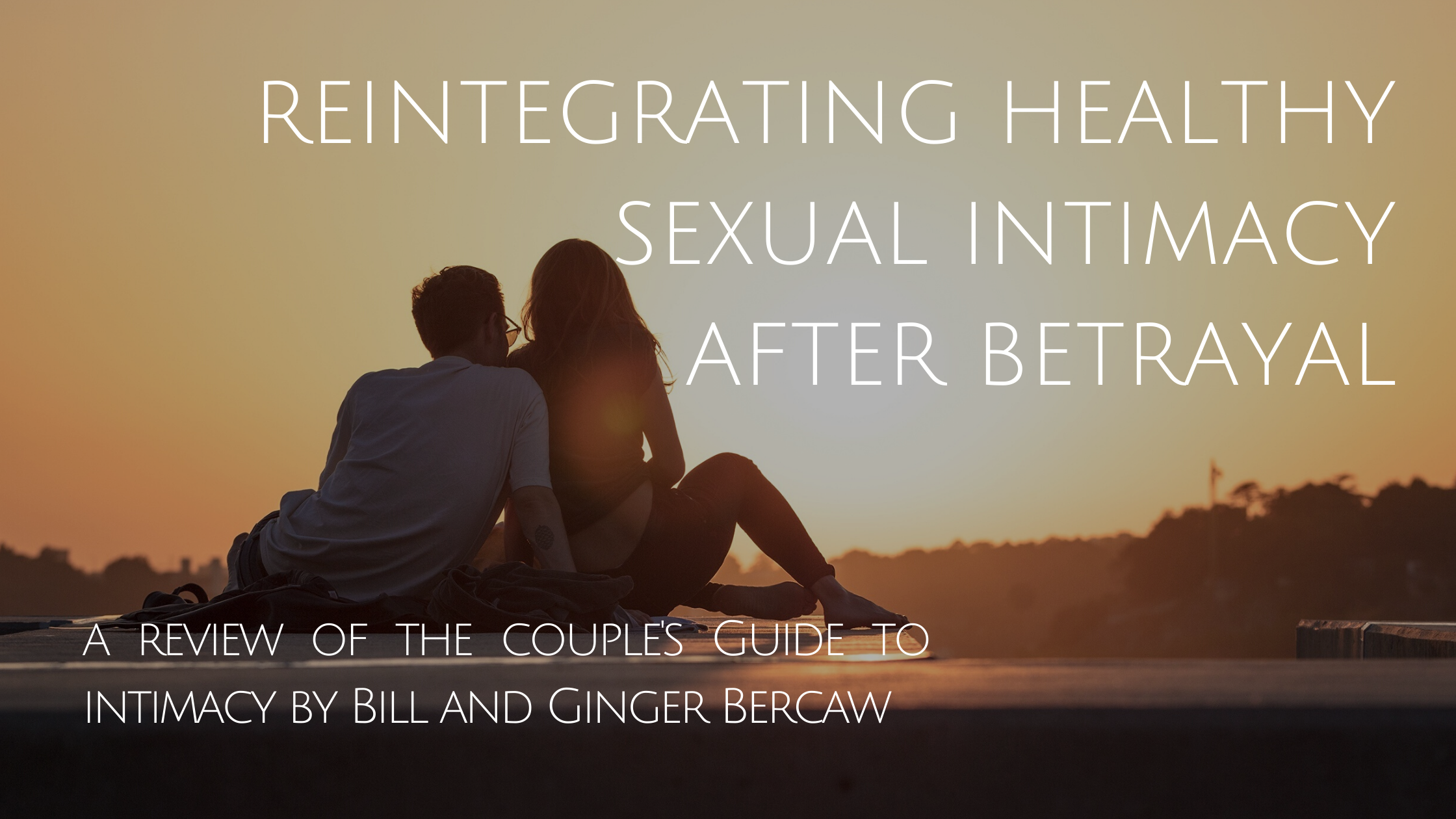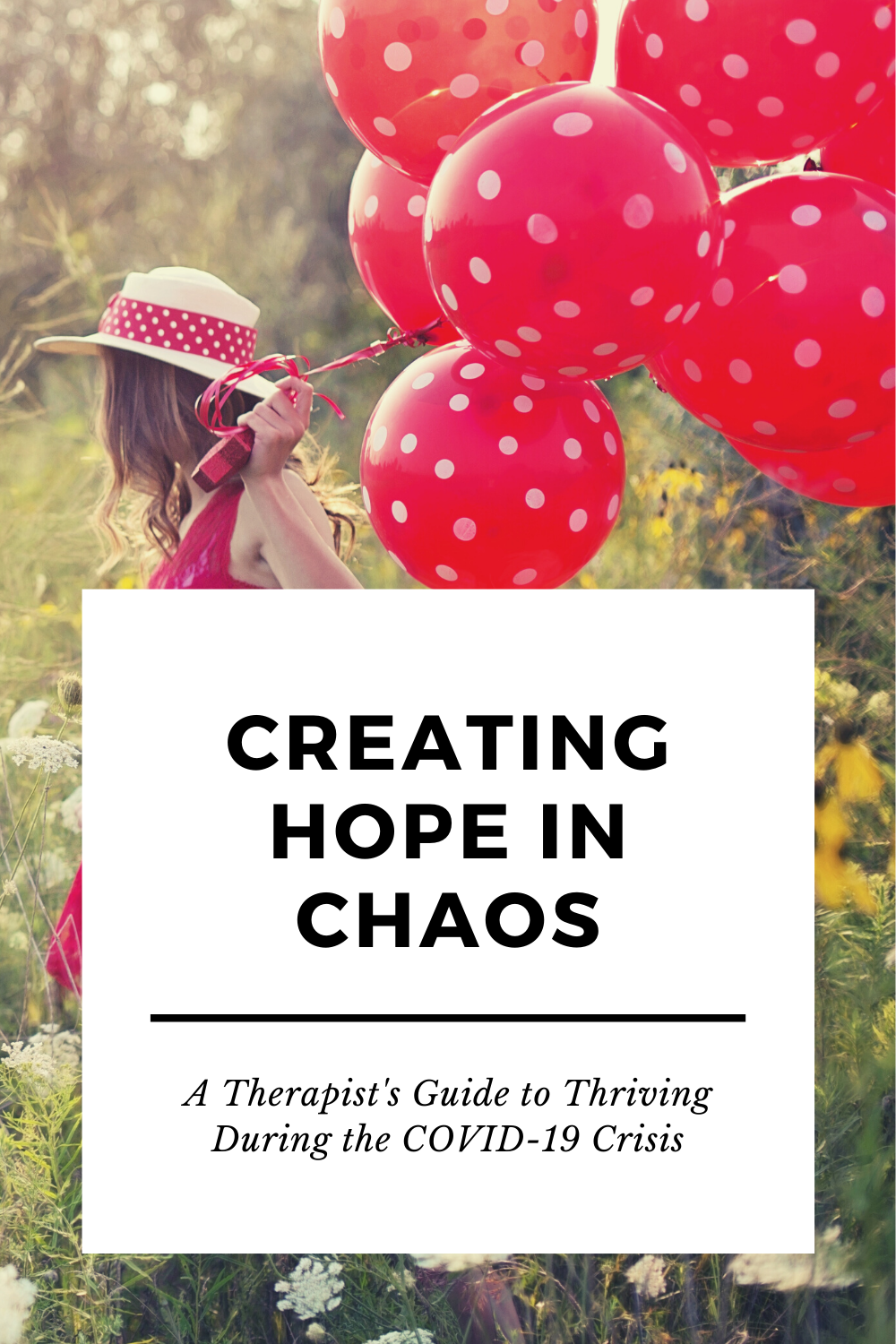There are many theories and countless books about what makes relationships and marriages work. Self-care and relationship sections at bookstores are filled with plenty of resources to offer marriage advice, not all of which is reliable or helpful. But when all these tools coincide with increasing divorce rates, we are left wondering: how can couples make it through some of the worst moments of their relationship?
If you’ve been in a relationship with high levels of conflict, negative spirals you can’t seem to escape, and a sense of growing distance between you and your partner, the discouragement can feel overwhelming. What’s the solution to these seemingly endless loops in which couples find themselves that propel them to consider divorce?
“To achieve a lasting loving bond, we have to be able to tune in to our deepest needs and longings and translate them into clear signals that help our lovers respond to us.”
Hold Me Tight
In her book Hold Me Tight, Dr. Sue Johnson uses the lenses of attachment theory and neuroscience to explore how some couples overcome the destructive patterns in their relationship to forge a stronger connection. She pulls together research from various studies on relationships that highlight the themes of attachment. She then translates these concepts into seven practical conversations that help you explore the application of these concepts to your relationship. They focus on how to turn challenging patterns of argument and conflict into opportunities to create connection and empathy.
This book is written for the everyday couple. She explains clinical terms in a way that makes sense to someone who has never heard them before, and she uses frequent examples of couples going through challenges to illustrate the points she is making. Counselors can also benefit from reading this book, however, as I know I was able to glean some practical tips and language that can help me guide my clients in their relationships.
What I Appreciated
“Emotional Safety” and Other Terminology
Dr. Johnson’s use of terms like “emotional safety” take the heady, intellectual concepts of attachment and translate them into clear, relatable language. Emotional safety is what we long for in relationships: the ability to know that our partner is Accessible (Are you there? Can I get to you?), Responsive (Can I depend on you to be there for me emotionally?) and Engaged (Am I valuable to you? Will you maintain closeness with me?). She teaches how to use what she coins A.R.E. conversations (based on accessibility, responsiveness, and engagement) to get at the heart of what is happening within connection and disconnection.
In fact, much of her language is descriptive and easy to remember. For example, she uses “Demon Dialogues” to identify common patterns in faulty communication. She introduces “Hold Me Tight” conversations, in which partners talk about their needs for emotional safety and connection that exist behind a conflict, inviting empathy and compassion.
Providing a Contrast to Cultural Messages
Frequently, Dr. Johnson contrasts our culture’s emphasis on independence and self-sufficiency with the reality of what makes couples work: mutual support, emotional bonding, and healthy meeting of emotional needs. Often our culture decries weakness or dependency on anyone, encouraging us to stand on our own. Even language surrounding codependency can swing toward this extreme of isolation through independence. Her work in this book is meant to shift the narrative around healthy emotional support and depending on our spouses to meet emotional needs, particularly as larger social connections have been decreasing.
Conversations about Arguments and Hope
In the seven conversation topics Dr. Johnson proposes, she includes addressing arguments and conflict head-on, as they often carry the charge of longing for emotional connection behind them. However, she doesn’t stop there. The later conversations dig into such topics as improving daily moments of connection, creating rituals that reinforce your love, and improving your sexual relationship. The earlier conversations around conflict and emotional needs lay the groundwork to make these later conversations go more smoothly.
“A desperate need for an emotional response that ends in blaming and a desperate fear of rejection and loss that ends in withdrawal – this was the scaffolding underneath these endless conflicts.”
Pauses for Self-Reflection
As attachment and emotional safety are likely new concepts for you in your relationship, it makes sense that you might not know where to start in understanding your emotional needs. Dr. Johnson leads you through personal reflection and helps you identify what she’s talking about, like your own personal raw spots based on past relationships with family or significant others. The use of examples throughout can also help you self-reflect, as you identify what you relate to in their stories.
“Play and Practice”
In every chapter, there is at least one, if not several, practical application sections labeled “Play and Practice.” These take the concepts Dr. Johnson talked about in the chapter and help you have a productive conversation with your partner about how they apply to your specific relationship. These include such tools as fill-in-the-blank sentences that help you communicate with your partner about your reactions and emotional needs. In particular, one section I appreciated near the end encouraged couples to write a summary story of the progress they’ve made in their relationship that serves as a narrative base to come back to when things start to get difficult or slip back into old patterns.
Addressing Trauma
She also included a chapter specifically targeting the challenging symptoms and disconnection that arises when trauma exists in your relationship. I found this chapter especially helpful when thinking about addicts and betrayed partners who need to know that using these principles is still possible within their recovery from trauma.
She reminds the reader that we cannot stay isolated and disconnected in our trauma. Instead, we need to let others, including our partners, into those dark places. This can help make sense of the often confusing symptoms of PTSD that arise and create chaos within the relationship.
“If we cannot successfully connect with others, our struggles to cope with trauma become less effective, and our main resource, our love relationship, often begins to sink under its weight.”
How to Use This Book
If you are in a relationship where you find yourself arguing often, unable to get on the same page, feeling unsupported, or simply not understanding each other, this book might be a good place to start. It is helpful if you don’t think you’re ready for couples counseling yet, but could use some support and growth within communication and connection. Perhaps you and your significant other could read the book together and work through the Play and Practice sections to learn more about one another. I believe this book can also be beneficial if you read it separately from your spouse, but the best outcome is more likely to come if you read it together.
If you are a couple in crisis, on the brink of divorce, or unable to have the type of in-depth conversation the book requires due to a buildup of past pain or a tendency to get lost in the “Demon Dialogues,” your first priority might be instead to seek out couples counseling. If the principles of this book interest you, I’d recommend looking for a therapist who has training in Emotionally Focused Couples Therapy (EFT), the model Dr. Johnson created based on her body of work. You could also read this book as part of your therapy or on the side, but the best option is likely meeting with a quality couples therapist.
“We will never create a really strong, secure connection if we do not allow our lovers to know us fully or if our lovers are unwilling to know us.”























